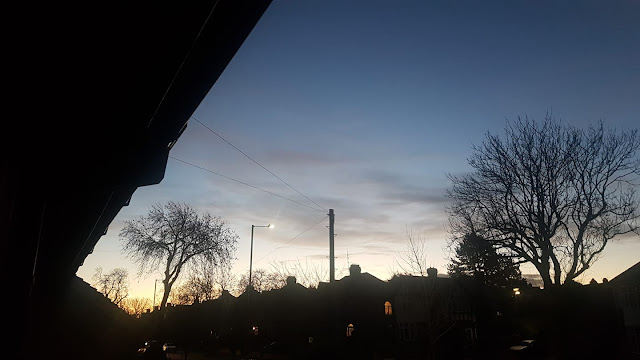We
watched Disney Pixar’s Soul last night. This might well be a minority
report, but I didn’t love it. There was too much “Look, we've worked out how to
animate crowd scenes where every individual is unique!” and not enough story.
And the jazz is excruciating, in a way that I suspect it would not be if we
were listening to it being played live, but we are not.
Joe
is a middle-aged man who experiences a crisis that (eventually, and only after
a great deal of unsuccessfully trying to fix the problem) disrupts his
self-absorption long enough to reveal the irony that his obsession with not
living an insignificant life is the very thing preventing him from seeing the
significance of life, shared and constructed with others. So far, so It's A
Wonderful Life, or The Muppets Christmas Carol. The very slight
twist is that this discovery comes less from omniscient spirits and more from
helping (unwittingly) another soul who is literally too afraid to live—a
character called 22, cue laboured improv and visual gags around catch-22.
Nonetheless, other films explore this basic plot with greater deftness,
including (not only the two classics mentioned above, but also) Pixar’s own Coco.
That
said, there is a reason why this is a basic plot, one of those stories we
revisit and find new ways to tell on a regular basis. Life is not about getting
it right, or seeing our dreams come true just as we imagine them. Rather, its
beauty comes from the ways in which we riff off one another, as we see the
world through one another’s eyes. There is plenty to be awakened to here
concerning discipleship, and vocation. But in this regard, the stories that
surround and touch upon Joe’s story—his mother’s, his barber’s—are paths I’d
rather explore…
Update:
03.01.2021
I
wrote the other day that I had watched Disney Pixar’s Soul and didn’t
love it, concluding that I would have been more interested in the story of Joe’s
mother or barber. This engaging post helps me see why more clearly. And to be
clear, yes, transformation from human form sometimes happens to White
characters, too—think Queen Elinor (and the three young princes) in Brave—but
representation, and how it is handled, matters.















